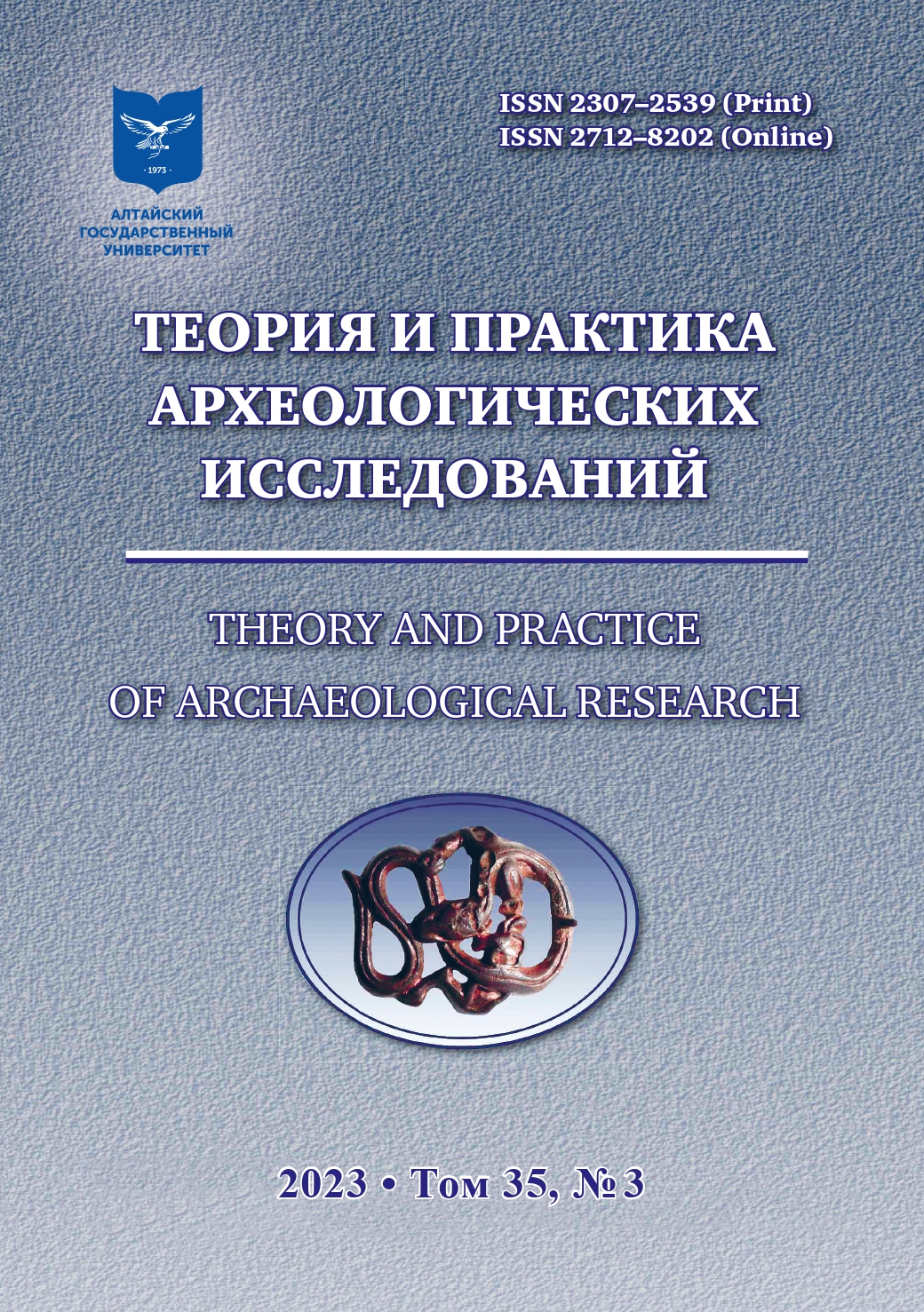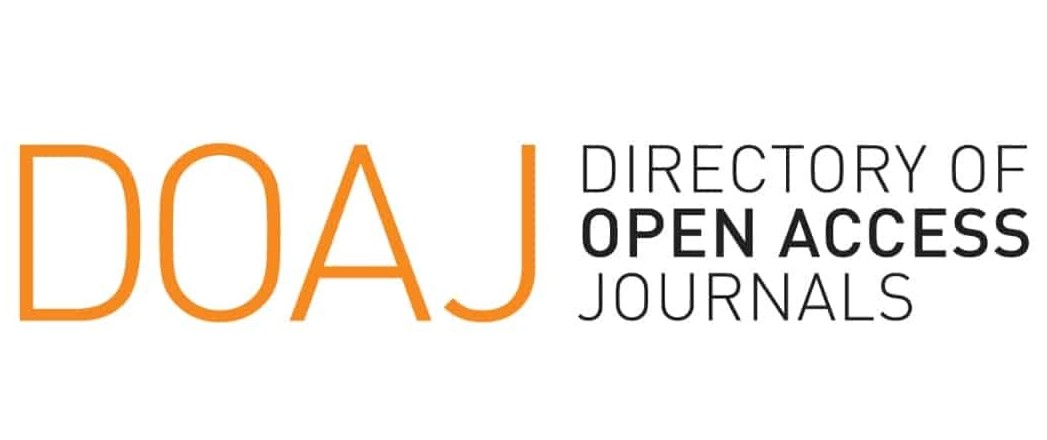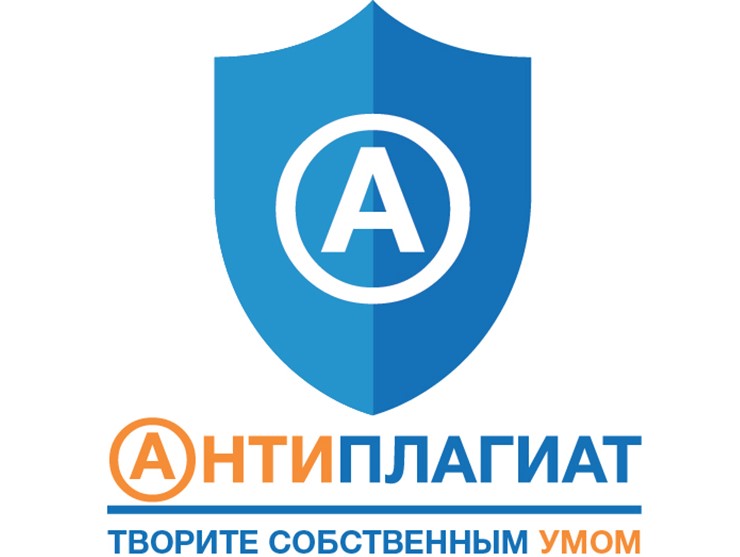BLOOMERY PROCESS AS THE BASIS OF ANCIENT METALLURGY
Abstract
At present, the principles of direct reduction of iron, which dominated in metallurgy for more than three millennia, are well known. However, it is far from always possible to successfully carry out experimental modeling of the bloomery process. We have carried out 35 experiments. A fully preserved bloomery furnace, excavated at the settlement Kolesovka-4, was chosen, as a prototype of the pyrotechnic structure. As a result of the experiments, it was found that during the roasting of the ore, not only the burnout of organic impurities occurred, but also the concentration of silica and alumina decreased, and thus the content of iron oxide increased. The crushing of ore is essential. It can be stated with all certainty that theoretical knowledge is not enough to implement a successful process of obtaining iron by the bloomery method.
Downloads
Metrics
References
Afanasyev G.E., Nikolaenko A.G. To the Question of the Saltovo Type Bloomery Furnace. Sovetskaya arkheologiya = Soviet Archaeology. 1982;2:168–175. (In Russ.)
Baykov A.A. Physical and Chemical Bases of Methods of Direct Reduction of Iron from Ores. In: Collection of Works. Vol. II. Moscow; Leningrad : Akademiya Nauk SSSR, 1948. P. 356–381. (In Russ.)
Braychevskaya A.T. Ironmaking Furnace in Novaya Pokrovka. Kratkie soobshcheniya Instituta arheologii USSR = Brief Communications of the Institute of Archaeology of USSR. 1956;6:64–67. (In Russ.)
Bulankin V.M. The Report about Archaeological Exploration in the Ryazan District in 2008. Scientific Archive of the Ryazan Historical and Architectural Museum and Reserve. 2009. №3991. (In Russ.)
Bulankin V.M., Zavyalov V.I., Ivanov D.A. Settlement Istye-2 — Raw Material Base of Staraya Ryazan. In: The Archaeology of the Moscow Region. No 8. Moscow : IA RAN, 2012. P. 166–174. (In Russ.)
Voyloshnikov V.D., Voyloshnikova N.A. Mineral Resources of the Ryazan Region and the Problem of Their Study. In: Ryazan Region. History. Nature. Economy (to the 900th anniversary of the city of Ryazan). Ryazan : Ryazanskoe otdelenie Sovetskogo fonda kul’tury, 1991. P. 194–207. (In Russ.)
Gurin M.F. The Ancient Iron of the Byelorussian Dnieper Region. Minsk : Nauka i tehnika, 1982. 126 p. (In Russ.)
Gurin M.F. The Blacksmith’s Craft in Polock Land 9th –13th cc. Minsk : Nauka i tehnika, 1987. 151 p. (In Russ.)
Zavyalov V.I., Terekhova N.N. Blacksmith’s Craft of the Ryazan Principality. Moscow : IA RAN, 2013. 272 p. (In Russ.)
Ivanov D.A. Nozzles from Russian Production Settlement Istye-2. In: The Archaeology of the Moscow Region. No 13. Moscow : IA RAN, 2017. P. 88–98. (In Russ.)
Ivanov D.A., Strikalov I.Yu., Chelyapov V.P. Settlement Structures in the Rivers Pronya and Ranova interfluve. In: Great Principality of Ryazan. Moscow : Pamyatniki istoricheskoj mysli, 2005. P. 336–360. (In Russ.)
Kolchin B.A., Krug O.Yu. Physical Modeling of the Bloomer Process. In: Archeology and natural sciences. Moscow : Nauka, 1965. P. 196–215. (In Russ.)
Mongayt A.L. The Report about Investigations of the Ryazan Party of the Srednerusskaya Expedition in 1955. Archiv of Institute of Archaeology Russian Academy of Sciences. R-1, №1205. (In Russ.)
Naumov A.N., Naumova T.V., Shmelev V.N. Unique Find of the Metallurgical Complex of the 14th c. at Kulikovo Pole. In: The City of the Middle Ages and Early Modern Times. IV. Archaeology. History. Tula : Gosudarstvennyj musej-zapovednik “Kulikovo pole”, 2018. P. 81–102. (In Russ.)
Rabinovich M.G. The Great Posad of Moscow (Results of the works of Moscow expedition [1949]). Vesti AN SSSR = News of the Academy of Sciences of the USSR. 1950;9:113–120. (In Russ.)
Semykin Yu.A. Ironmaking and Ironworking at Bolgar Hillfort. In: The City of Bolgar. Handicraft of Metallurgists, Blacksmiths, Foundrymen. Kazan : Institut yazyka, literatury i istorii Akademii nauk Tatarstana, 1996. P. 89–153. (In Russ.)
Chelyapov V.P. Tolpino Hillfort and Its Vicinity. In: The Eastern European City in the Context of Ethno-cultural, Political and Settlement Structures. Ryazan : Ryazanskij istoriko-arhitekturnyj muzej-zapovednik, 2012. P. 160–161. (In Russ.)
Espelund A. Iron Metallurgy in Norway at an Early Stage of Development. Rossiyskaya Arheologiya = Russian Archaeology. 2010;3:44–50. (In Russ.)
Bachman H.-G. The Identification of Slags from Archaeological Sites. London : Institute of Archaeology, 1982. 77 p.
Crew P. Twenty-five Years of Bloomery Experiments. In: D. Dungworth and R.C.P. Doonan (eds). Accidental and Experimental Archaeometallurgy. London, 2013. Pp. 25–50.
Espelund A. Bloomery Ironmaking — Witness of Skill and Organization in the Past. In: Reports. Internetional Sympozium “Metallurgy in Southeast Europe from Ancient Times till the End of 19th Century”. Sozopol : Nauchno-tekhnicheski s’uz po minno delo, geologiya i metalurgiya, 2005. Pp. 13–21. Frankfort H. Early Iron in Iraq. Man. 1950. Pp. 50 - 100.
Hošek J., Merta J., Barák M. Metalografický rozbor železného polotovaru z tavby v rekonstrukci pece s tenkou hrudí provedené 14.5.2008 ve Staré Huti u Adamova. In: Archeologia technical 21. Brno : Technicke museum v Brne, 2010. S. 25–30.
Özgüç T. Early Anatolian Archaeology in the Light of Recent Research. Anatolia. 1963;7:1–21.
Pleiner R. Iron in Archaeology. The European Bloomery Smelters. Praha : Archeologický Ústav Akademie věd České Republiky, 2000. 400 p.; il.
Waldbaum J.C. From Bronze to Iron. Göteborg : Paul Åströms förlag, 1978. 106 p.
Waldbaum J.C. The First Archaeological Appearance of Iron and the Transition to the Iron Age. In: The Coming of the Age of Iron. New Haven and London : Yale University Press, 1980. Pp. 69–98.
Wang Q., Crew P. A Scientific Study of Bloomer Irons Experimentally Smelted from Different Ores. In: J. Humphris and T. Rehren (eds). The World of Iron. Proceedings of a Conference at the Natural History Museum. London : Archetype, 2013. Pp. 393–401.
Wertime T.A. The Beginnings of Metallurgy: A New Look. Science. 1973;182(30 Nov.):875–887.
Copyright (c) 2023 В.И. Завьялов, Н.Н. Терехова

This work is licensed under a Creative Commons Attribution 4.0 International License.
Theory and Practice of Archaeological Research is a golden publisher, as we allow self-archiving, but most importantly we are fully transparent about your rights.
Authors may present and discuss their findings ahead of publication: at biological or scientific conferences, on preprint servers, in public databases, and in blogs, wikis, tweets, and other informal communication channels.
Theory and Practice of Archaeological Research allows authors to deposit manuscripts (currently under review or those for intended submission to ABS) in non-commercial, pre-print servers such as ArXiv.
Authors who publish with this journal agree to the following terms:
- Authors retain copyright and grant the journal right of first publication with the work simultaneously licensed under a Creative Commons Attribution License (CC BY 4.0) that allows others to share the work with an acknowledgement of the work's authorship and initial publication in this journal.
- Authors are able to enter into separate, additional contractual arrangements for the non-exclusive distribution of the journal's published version of the work (e.g., post it to an institutional repository or publish it in a book), with an acknowledgement of its initial publication in this journal.
- Authors are permitted and encouraged to post their work online (e.g., in institutional repositories or on their website) prior to and during the submission process, as it can lead to productive exchanges, as well as earlier and greater citation of published work (See The Effect of Open Access).








2.jpg)



